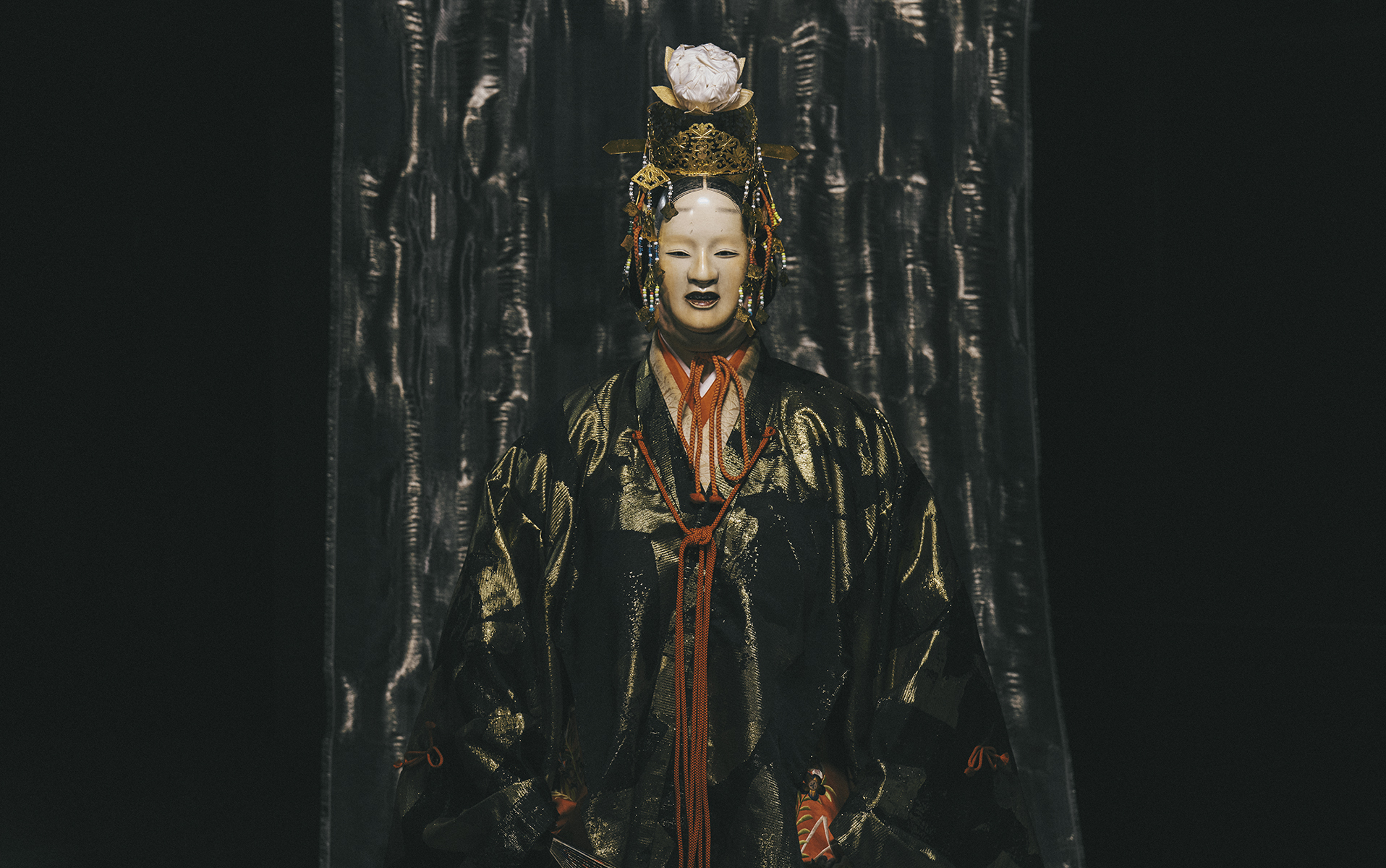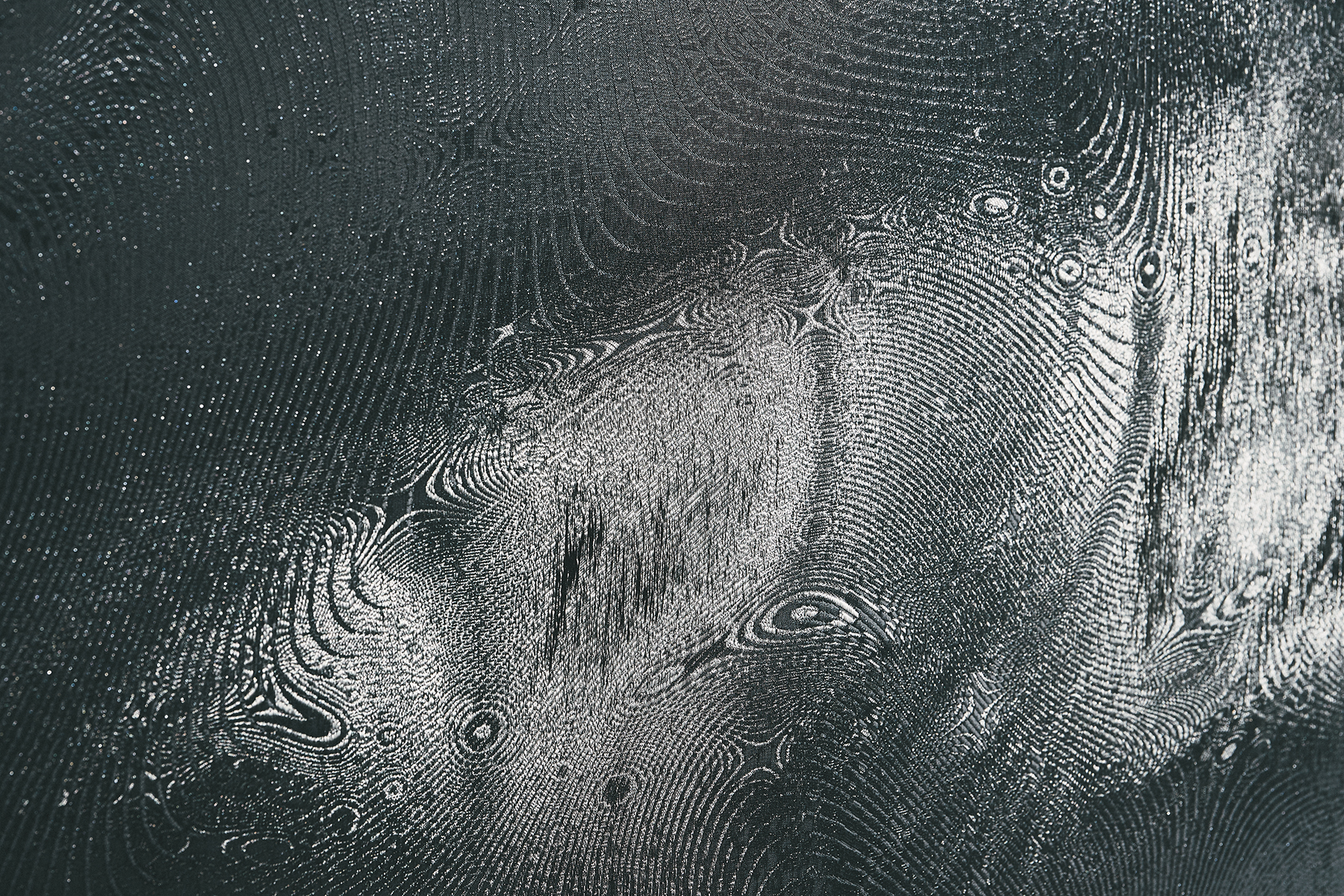
Quasicrystal
Quasicrystal and Textile

Quasicrystal
Hagoromo: In Search for the textile with ultimate beauty and function
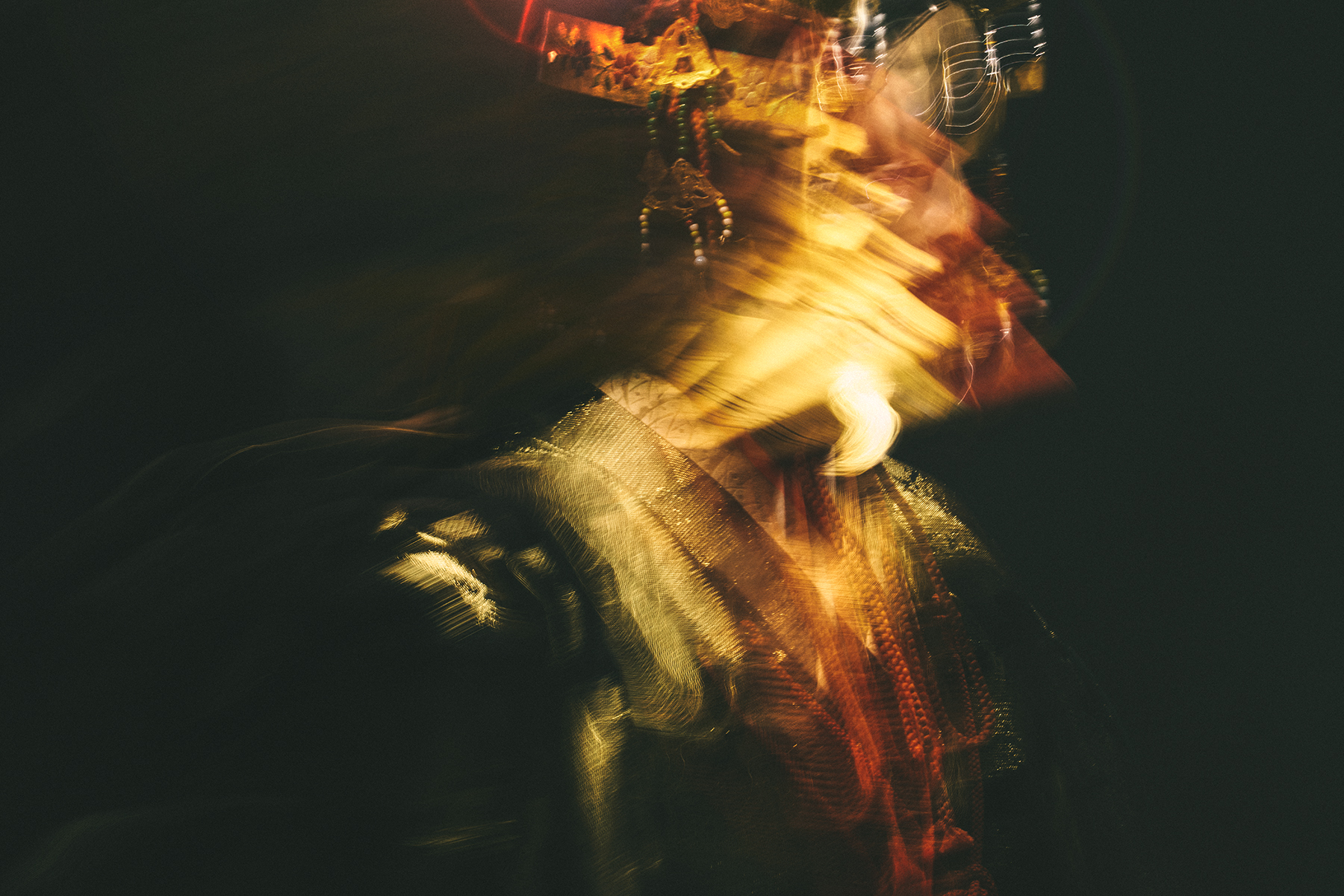
What is hagoromo? The word “hagoromo” is a combination of a bird’s “feather [ha or hane]” and human’s “robe [koromo]. Hagoromo has an appearance more beautiful than anything else. Hakuryo also admires its beauty at his first encounter with it. The phrase, ten-i-mu-hou [celestrial robe, no seam], is used today to praise writings and poems written naturally without a sign of technique. However, its original meaning comes from the fact that a celestial’s garment, hagoromo, has no artificial traces such as a seam.
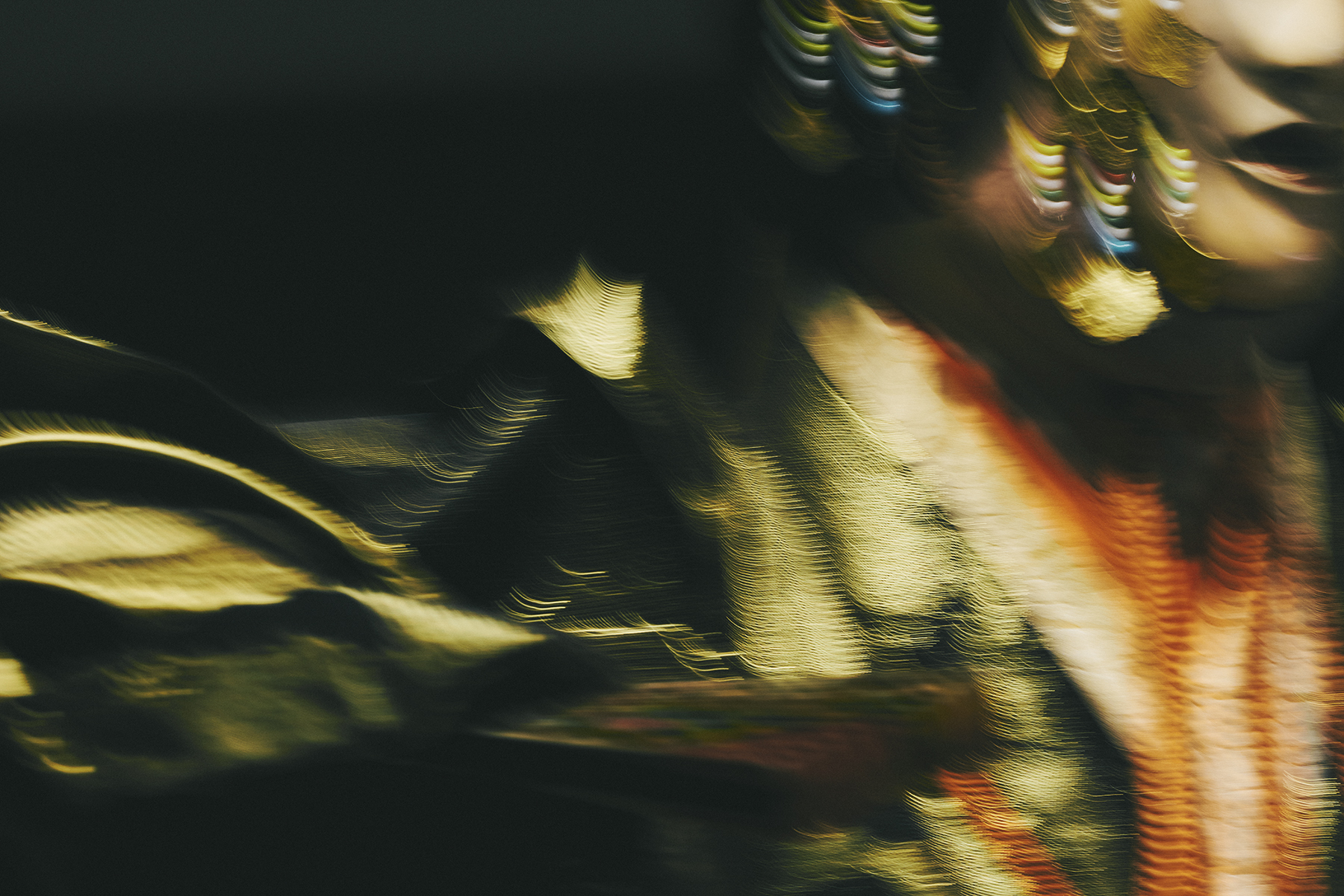
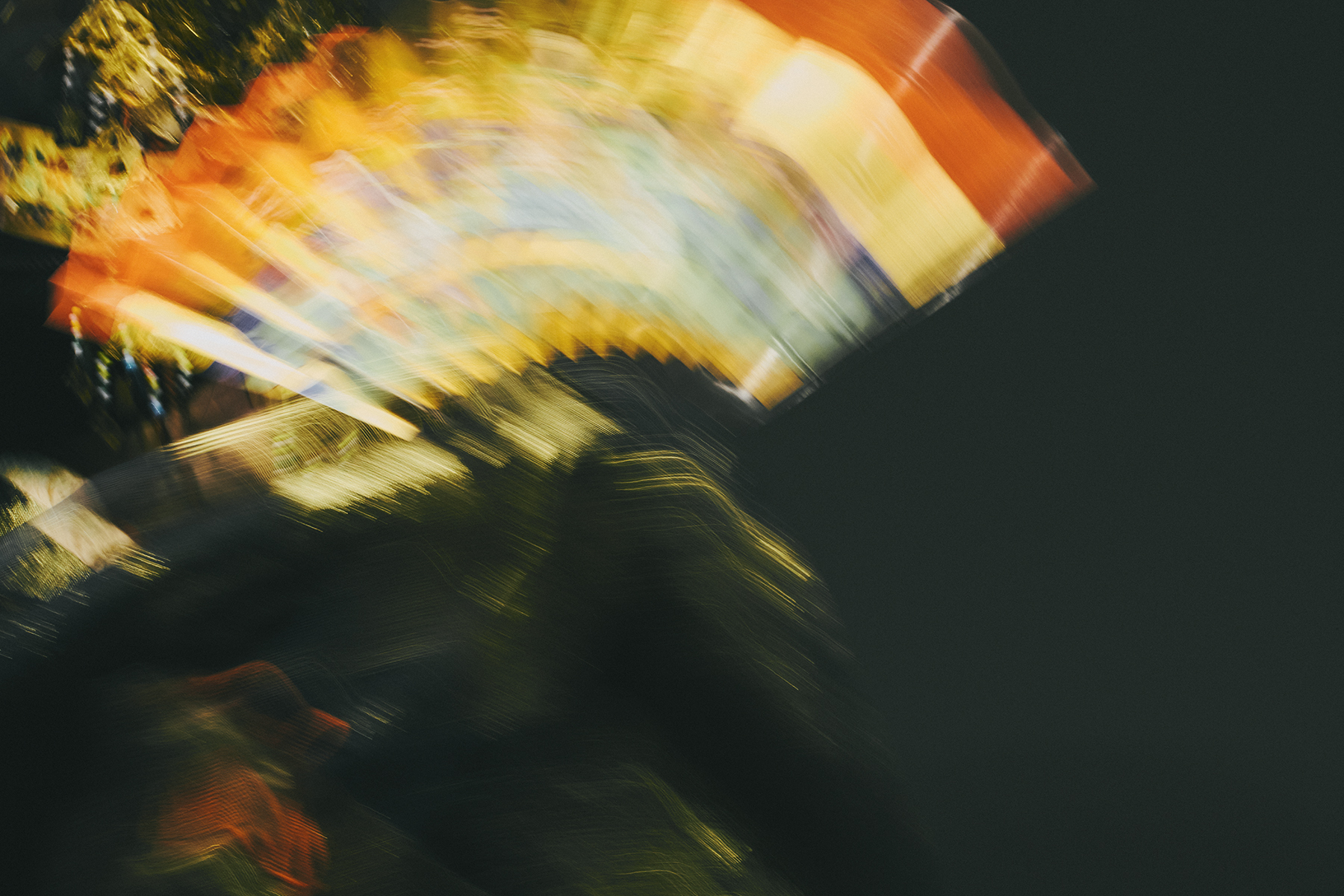
In addition to its exceptional beauty, hagoromo also possesses a special function. That is, by wearing hagoromo, celestials can fly high in the sky just like a bird. Furthermore, it can deify a celestial being. Presumably, if the celestial had not left the robe while bathing, a terrestrial being could not have snatched it away. It is also likely that the robe a ects the inside of those who wear it. Toward the end of The Tale of the Bamboo Cutter, Princess Kaguya clothes herself in a “feather robe of the heavens.” As soon as she puts it on, her mind transforms, and she shows no emotion about parting with the terrestrial world.
Hagoromo is often referenced in scenes other than the Legend of Hagoromo.
In the imperial reign, a celestial in a feather robe occasionally visits the earth.
Even if the celestial rubs a massive rock with the robe, it will not be worn out.
The above is an old poem also sung in the Noh play Hagoromo. A celestial that occasionally visits the earth fondles a large rock with its robe. It would take a tremendous amount of time until the rock is perished by this action. The poem prays the monarch will last as long. Here, an airy and soft robe is linked to hard rock and eternal temporality. The influence of the poem was significant. At later times, the phrase “feather robe of the heavens” itself was sometimes used to pray for the eternal reign of the monarch.
Thus, we can conclude that hagoromo is also linked to rulers. During Shinto rites, Daijo-sai or Niiname-sai, Gosechi dancers would dance in front of the Emperor. This practice was said to originate from the dance by a celestial who landed atop Mt. Yoshino. It was a dance for praising the Emperor, and the dancers’ sleeves were called “the sleeves of the celestials,” and their dresses were likened to hagoromo. Also, the Emperor himself sometimes would wear the “feather robe of the heavens.” At Daijo-sai, the Emperor would put on yukatabira, which was called the “feather robe of the heavens,” to purify his or her body. By wearing the robe and soaking the body in water, the Emperor would become deified as the Heavenly Sovereign. Blessing the ruler and assuring his or her divinity was yet another role hagoromo played.
In short, hagoromo was the ideal textile possessing ultimate beauty and function. It would not be a complete exaggeration to say that the history of textile, or the history of Nishijin textile, had been a search for hagoromo. Hagoromo has inspired generations of craftsmen to develop new weaving techniques. And Hagoromo, the Noh play, brings together all the inspiration surrounding hagoromo, although, it is still a mystery as to by whom, when, and why this Noh play was created.
When does a beautiful garment show its true character and look the most attractive? The answer is no other time than when it is worn for a dance. Nishijin textile has continually supported the art of Noh in terms of clothing. For several hundred years, Noh and Nishijin textile have been working together. The craftsmen of Nishijin have generously devoted their time and e ort to produce the finest textiles for the performing art that attracts and celebrates people.
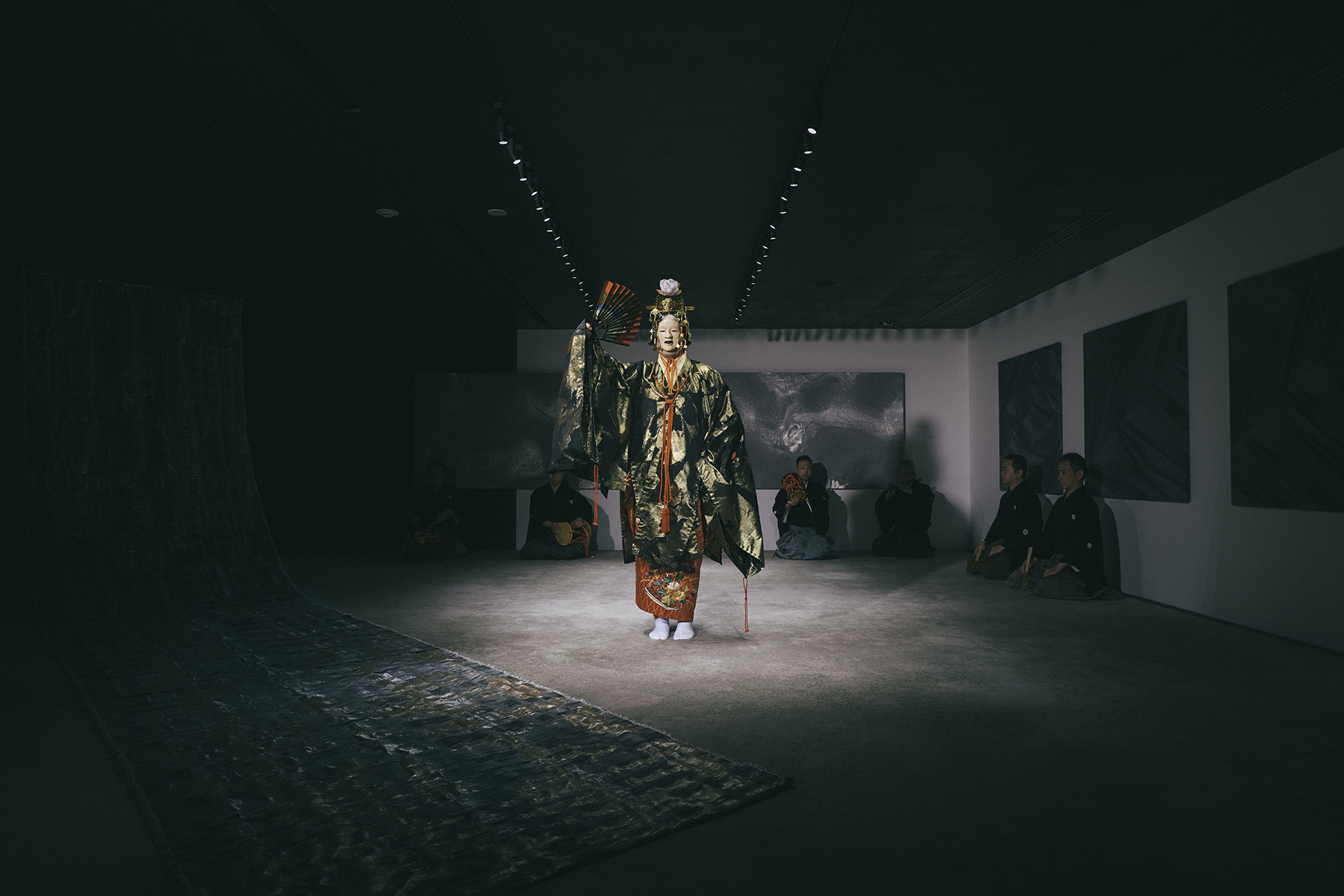
For over 1000 years, Nishijin textile has devoted itself to pursuing the ideal textile. Today, Hosoo stands at the forefront of the evolution. They pursue contemporary textiles that have both ultimate beauty and functionality.
In Quasicrystal, a research and development project that Hosoo jointly worked on with a media artist, programmer, mathematician, and others, they removed the limitation imposed by the traditional Jacquard loom and produced textiles resulting from an infinitely complex mathematical processing. In the space adorned with those textiles, Hosoo Noh Hagoromo was performed. The robe the celestial wore in the play was “No. 9039 Collage Transparent,” a light-transmitting/reflecting textile developed based on the traditional method of producing silk gauze.
Waving the sleeve, putting the sleeve over one’s head, and flipping the sleeve to draw an arc in space. A garment creates the wind, receives and scatters light, and releases fragrance. A dancing garment becomes something more than an object. It becomes something uncapturable, something we can only call an ambiance, something similar to a meteorological phenomenon like the changing cloud or tender drizzle. Noh is a performing art that generates such scenery using human bodies, costume, music, and poem. The flow of time also changes in the scenery. The time that emerges there is linked to the vast history of textile, as well as the eternity hidden in hagoromo.
The inspiration surrounding hagoromo has not been exhausted even today. And, as long as the inspiration is flowing, our search for the textile with ultimate beauty and function
will continue.
